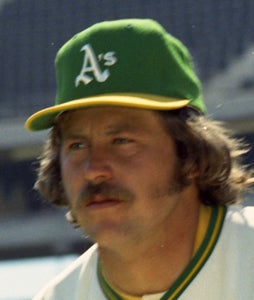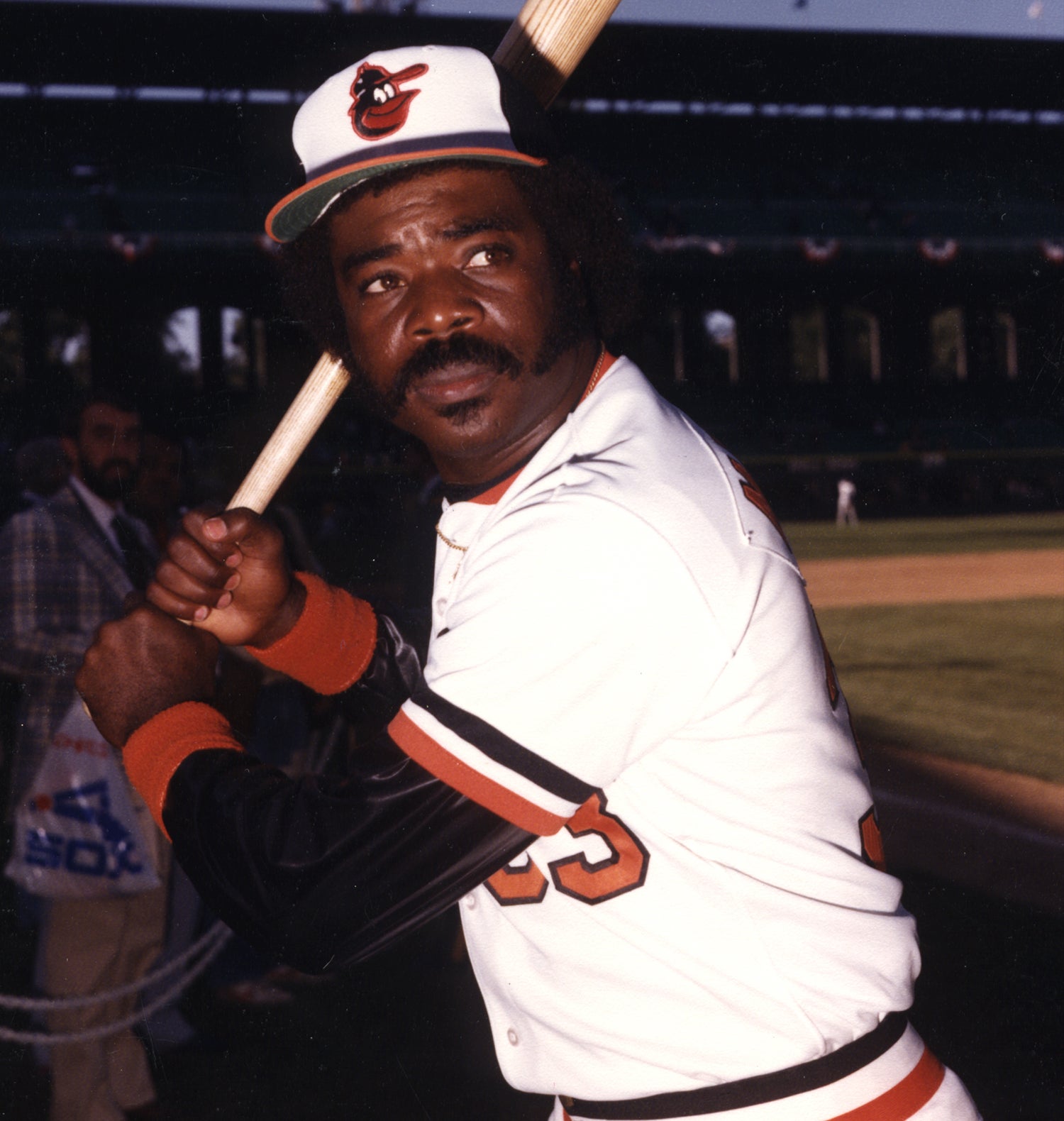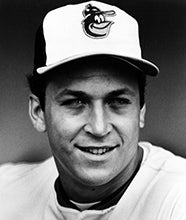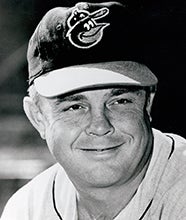- Home
- Our Stories
- #CardCorner: 1981 Donruss Tippy Martinez
#CardCorner: 1981 Donruss Tippy Martinez
For four innings, the Chicago White Sox seemed on the verge of sending the 1983 American League Championship Series to a fifth-and-deciding game.
And for four innings, Baltimore Orioles reliever Tippy Martinez kept finding ways to keep the White Sox off the scoreboard despite traffic on the basepaths that made Chicago rush hour seem like a walk in the park.
It was the highlight of a career that saw Felix Anthony Martinez become one of the most successful lefty relievers of his time.
Born May 31, 1950, in La Junta, Colo., Martinez’s lineage included relatives from Mexico and Spain as well as Cherokee. Belying his slight 5-foot-10 frame, Martinez – nicknamed Tippy by an aunt – was a stellar high school athlete who excelled in both football and baseball. He was selected with the first pick of the 35th round of the 1969 MLB Draft by the Washington Senators – who wanted him as an outfielder – but chose to attend Colorado State University, where he honed pitching skills that he had developed in high school.
Orioles Gear
Represent the all-time greats and know your purchase plays a part in preserving baseball history.
Be A Part of Something Greater
There are a few ways our supporters stay involved, from membership and mission support to golf and donor experiences. The greatest moments in baseball history can’t be preserved without your help. Join us today.
After three years at Colorado State, Martinez went undrafted in 1972 – despite going 10-1 that season – but impressed the Yankees enough that they offered him a free agent contract on July 22, 1972. Martinez reported to Class A Oneonta -- about 30 minutes south of Cooperstown – where he appeared in two games before being promoted to Kinston of the Carolina League.
“I expected to be drafted, and so did my coach,” Martinez told United Press International. “When the draft list came out, I was really shocked.”
He returned to Kinston in 1973 and worked his way onto the Yankees radar by striking out 160 batters in 105 innings, going 13-8 with 15 saves. Martinez was then promoted to Triple-A Syracuse in 1974, and he was 7-5 with eight saves and a 3.80 ERA when the Yankees called him to the big leagues. Over 10 games down the stretch in August in September, Martinez did not have a decision or a save but posted a 4.26 ERA over 12.2 innings.
Showing that the curveball that would become his signature pitch was effective at the game’s highest level, Martinez won the James P. Dawson Award as the Yankees outstanding rookie for Spring Training in 1975. But with a veteran bullpen featuring Sparky Lyle and Dick Tidrow – and Ron Guidry in the minors as the team’s top relief prospect – Martinez was among the Yankees’ final cuts and was told that he was to become a starter for Triple-A Syracuse.
“I’m just going to try and get a lot of innings in,” Martinez, who was not happy to leave the bullpen – where he had been since Colorado state – told the Syracuse Post-Standard.
Martinez was up to the challenge, going 8-2 with a 2.05 ERA and 105 strikeouts in 110 innings over 14 starts for the Chiefs. On July 12, Martinez made his first appearance of the season in the big leagues and earned new manager Billy Martin’s trust the rest of the way (after the Yankees dismissed Bill Virdon), going 1-2 with eight saves and a 2.68 ERA over 23 appearances, including two starts. His eight saves led the Yankees that season.
“I don’t have a No. 1 or No. 2,” Martin told Newsday about his bullpen hierarchy. “I just have guys that I use in different situations.”
Martinez was seemingly poised to challenge Sparky Lyle as the Yankees’ stopper for the 1976 season, but Martin and Yankees owner George Steinbrenner decided to go back to Lyle – who had been dominant from 1972-74 before having an off year in 1975 – as their closer. Martinez was told he was to be the Yankees’ fifth starter in 1976 but he found himself back in the bullpen, working irregularly as Lyle and Tidrow closed games and Martin relied on a deep rotation featuring Catfish Hunter, Dock Ellis and Ed Figueroa.
“I was supposed to be the fifth starter for New York,” Martinez told the Evening Sun in Baltimore. “The manager and owner told me that. It never happened.”
Martinez went 2-0 with two saves and a 1.93 ERA over 11 appearances out of the Yankees bullpen early in the season. Then on June 15, the Orioles and Yankees swung a 10-player trade that brought Martinez to Baltimore along with Rick Dempsey, Rudy May, Scott McGregor and Dave Pagan in exchange for Doyle Alexander, Jimmy Freeman, Elrod Hendricks, Ken Holtzman and Grant Jackson.
It was a deal that would benefit the Orioles for years, as Martinez, Dempsey and McGregor each spent more than a decade in Baltimore.
“Tippy’s going to be a winning starting pitcher in the major leagues,” Baltimore manager Earl Weaver told the Evening Sun. “Right now, though, we’re trying to use what we’ve got.”
For Weaver, that meant leaving Martinez in the bullpen. Ultimately, Martinez would never start another game in the majors.
Martinez finished the 1976 season with a combined mark of 5-10 with 10 saves and a 2.33 ERA in 39 games. He struggled in Spring Training in 1977, posting a team-worst 6.92 ERA, but Weaver believed in his talent and kept him in the bullpen. Martinez rewarded Weaver’s faith by going 5-1 with nine saves and a 2.70 ERA over 41 appearances as the Orioles won 97 games and finished second to the Yankees in the American League East.
But a year later, Martinez lost his command and was working on a 5.22 ERA through Aug. 5. From that point on, he was the forgotten man in the Orioles bullpen, appearing in only five games through the end of the season to finish with a 3-3 record, five saves and a 4.83 ERA in 42 games.
“Right now, when I go into a game, I get this feeling people are saying: ‘Well, here he comes again. The game’s over,’” Martinez told the Baltimore Sun. “It takes certain kinds of people to be able to handle that.
“I have proven myself. I know I have the stuff.”
Martinez also had a sore arm – a fact which he kept hidden from the team. Trade rumors swirled around Martinez through the spring of 1979, but the Orioles chose to hold on to their lefty reliever.
“There’s nothing wrong with me,” Martinez told the Evening Sun during a stretch where he appeared in just five games from the start of the season through May 22. “I need work. Any pitcher does.”
But as the Orioles began to assert themselves in the division, Weaver – who described Martinez’s curveball as “perhaps the best in the big leagues” – called on Martinez more and more. He retired 23 straight Oakland batters during a relief appearance on July 23, posted two wins and two saves in August and finished the year with a 10-3 record, three saves and a 2.88 ERA in 39 games – working 78 innings without allowing a home run.
The Orioles won the AL East for the fifth time in the 1970s and faced the Angels in the ALCS, winning in four games as Martinez went unused by Weaver. But in the World Series against the Pirates, Martinez appeared three times: Working a scoreless inning in Game 2, allowing a run on two hits in one third of an inning in Game 5 and facing one batter in the deciding Game 7, hitting Dave Parker in the ninth inning as Baltimore lost 4-1.
The next time the Orioles advanced to the World Series, the world would see a very different Tippy Martinez.
Appearing in a career-high 53 games in 1980, Martinez went 4-4 with 10 saves and a 3.01 ERA for a Baltimore team that won 100 games but finished three behind the Yankees in the division. He signed a five-year contract extension in January of 1981 that would keep him with the Orioles through 1986, and Martinez went 3-3 with 11 saves and a 2.90 ERA in 37 games in the strike-shortened ’81 campaign.
In 1982, Martinez shattered the team record with 76 appearances (eclipsing Stu Miller’s mark of 71 set in 1963), going 8-8 with 16 saves and a 3.41 ERA – setting career highs in innings pitched (95) and strikeouts (78). But with the Orioles and Brewers tied for first place in the AL East entering the final day of the season, Baltimore could not produce a win to help Weaver enter retirement via the postseason. Martinez relieved starter Jim Palmer in the sixth inning of that game with the Orioles trailing 4-1, and after shutting down Milwaukee for two innings allowed a run in the eighth on a Ben Oglivie single. The Brewers went on to score five more in the ninth to win 10-2 and wrap up the division title.
But in 1983, fortune smiled on Martinez and the Orioles. Under new manager Joe Altobelli, Baltimore got off to a 37-24 starts, won 17 of 21 after the All-Star break and finished six games in front of the Tigers in the AL East. Martinez was 5-3 with 10 saves and a 3.17 ERA when an appendectomy sidelined him for all of July. But he bounced back with a terrific August, going 3-0 with three saves and a 1.52 ERA in 14 games. In one of those contests, Martinez made national headlines when he picked off three Blue Jays in the 10th inning on Aug. 24 at Memorial Stadium.
Martinez relieved Tim Stoddard in that inning with Barry Bonnell on first and no one out. Martinez picked off Bonnell, who was technically caught stealing on the play, then walked Dave Collins before picking him off first. Willie Upshaw followed with an infield single, then was also picked off.
The Orioles then won the game in the bottom of the 10th inning on homers by Cal Ripken Jr. and Lenn Sakata, an infielder who was playing out of position at catcher due to moves that depleted the Orioles’ bench in the ninth inning.
“I tell you, Tippy did not want to throw to Lenny,” Altobelli told the Morning News of Wilmington, Del., confirming speculation that Martinez focused on the pickoffs with an inexperienced catcher behind the plate and outfielders John Lowenstein and Gary Roenicke manning second and third base, respectively, due to Altobelli’s moves in the ninth inning.
“Tippy kept throwing the ball to (first baseman) Eddie (Murray),” Lowenstein deadpanned after the game, “because he was the only guy he recognized.”
Martinez finished the season with a 9-3 record, 21 saves and a 2.35 ERA in 65 games. He was named to the All-Star Game for the only time in his career and even received votes in the AL Most Valuable Player balloting.
In the ALCS vs. the White Sox, Martinez pitched two scoreless innings in Baltimore’s 2-1 Game 1 loss. But the Orioles won the next two games to push Chicago to the brink of elimination heading into Game 4. Britt Burns shut out Baltimore for nine innings, and Storm Davis matched Burns through six before Martinez entered in the seventh after Greg Walker led off with a single. A Vance Law single and a Jerry Dybzinski fielder’s choice left runners on first and second. Julio Cruz then singled – but Law was thrown out at the plate when Dybzinski did not stop at second, forcing Law to try to score and leaving second baseman Rich Dauer with an easy throw to the plate. Martinez then balked the runners to second and third but got Rudy Law to fly out to end the inning and keep the game scoreless.
Martinez allowed a walk to Harold Baines in the eighth but escaped without damage then permitted two-out singles to Dybzinski and Cruz in the ninth before striking out Rudy Law with the runners on second and third. After the Orioles scored three times in the top of the 10th, Martinez allowed a one-out single to Baines before striking out Greg Luzinski and Tom Paciorek to end the game and the series.
“I knew before the game I was only going to go six or seven,” Davis told the York Daily Record. “I wanted to get us to Tippy time. When we got to the eighth, I said to myself we’re headed for extra innings because I know Tippy will hold them.”
In the World Series against the Phillies, Martinez appeared in three of the five games – saving Game 3 and Game 4 as Baltimore won the title.
“They talk about his curve, but…his fastball goes 88-89 mph, and that’s in the top echelon of all left-handers,” Orioles pitching coach Ray Miller told the Evening Sun. “(And the curve) may have the sharpest break in baseball. Sometimes it breaks like a right-handed curveball.”
Martinez became the Orioles’ all-time saves leader in 1984 when he recorded his 100th save with Baltimore, surpassing Stu Miller’s total of 99. But the heavy workload of 1982 and 1983 began to take its toll that year as Martinez went 4-9 with a 3.91 ERA in 55 games.
The shoulder pain that started in 1984 continued in 1985 when Martinez, who turned 35 during the season, went 3-3 with four saves and a 5.40 ERA in 49 games. Then in 1986, Martinez missed a month early in the season with an inner ear infection then was placed on the disabled list in June with a sore shoulder. He pitched twice upon his return in July before shutting it down for the season after appearing in only 14 games.
Eventually submitting to rotator cuff surgery, Martinez was given the choice by the Orioles in June of 1987 of pitching the rest of the season for Class A Hagerstown – where he had worked seven innings over six games in an attempt to try to rehab his arm – or accepting his release. Martinez chose the latter.
“It’s sad, but business is business,” Martinez told the Morning News.
The Twins brought Martinez to Spring Training in 1988 and he made the team as a non-roster player. But in four innings over three games in April, he allowed eight hits and eight runs – and was released on April 21.
Martinez finished his career with a 55-42 record, 115 saves and a 3.45 ERA. Only Jim Palmer has pitched more games in an Orioles uniform than Martinez, and in his 499 Baltimore games he recorded 105 saves – the franchise record until Gregg Olson surpassed it in 1992.
“I like to do good,” Martinez told the Baltimore Sun. “And the way the job of a relief pitcher is, you do good, then you do bad, and you do bad and then you do good. It hurts me to do bad.”
Craig Muder is the director of communications for the National Baseball Hall of Fame and Museum
Related Stories
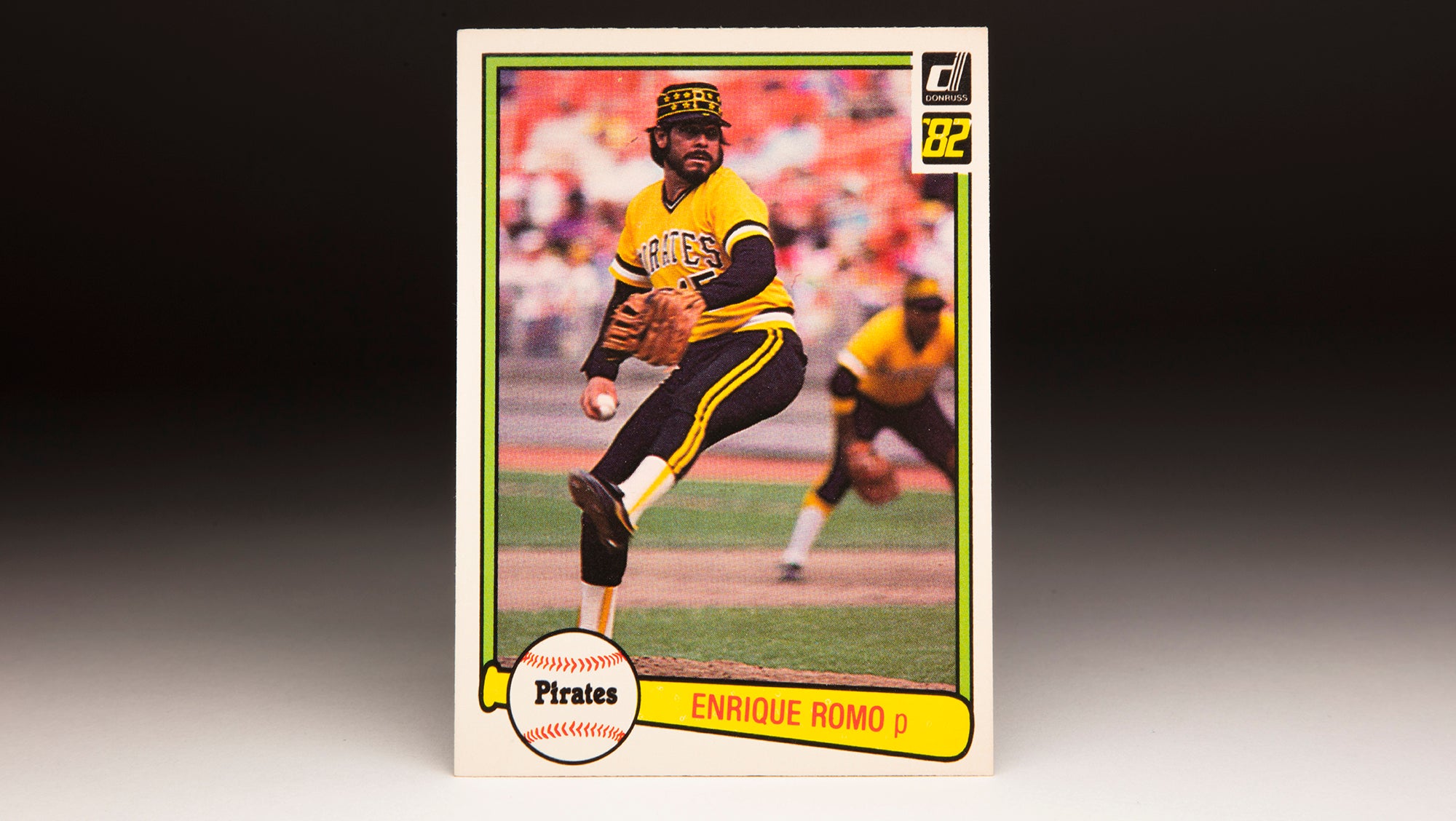
#CardCorner: 1982 Donruss Enrique Romo
#CardCorner: 1996 Topps Dennis Martínez

#CardCorner: 1983 Topps Sparky Lyle
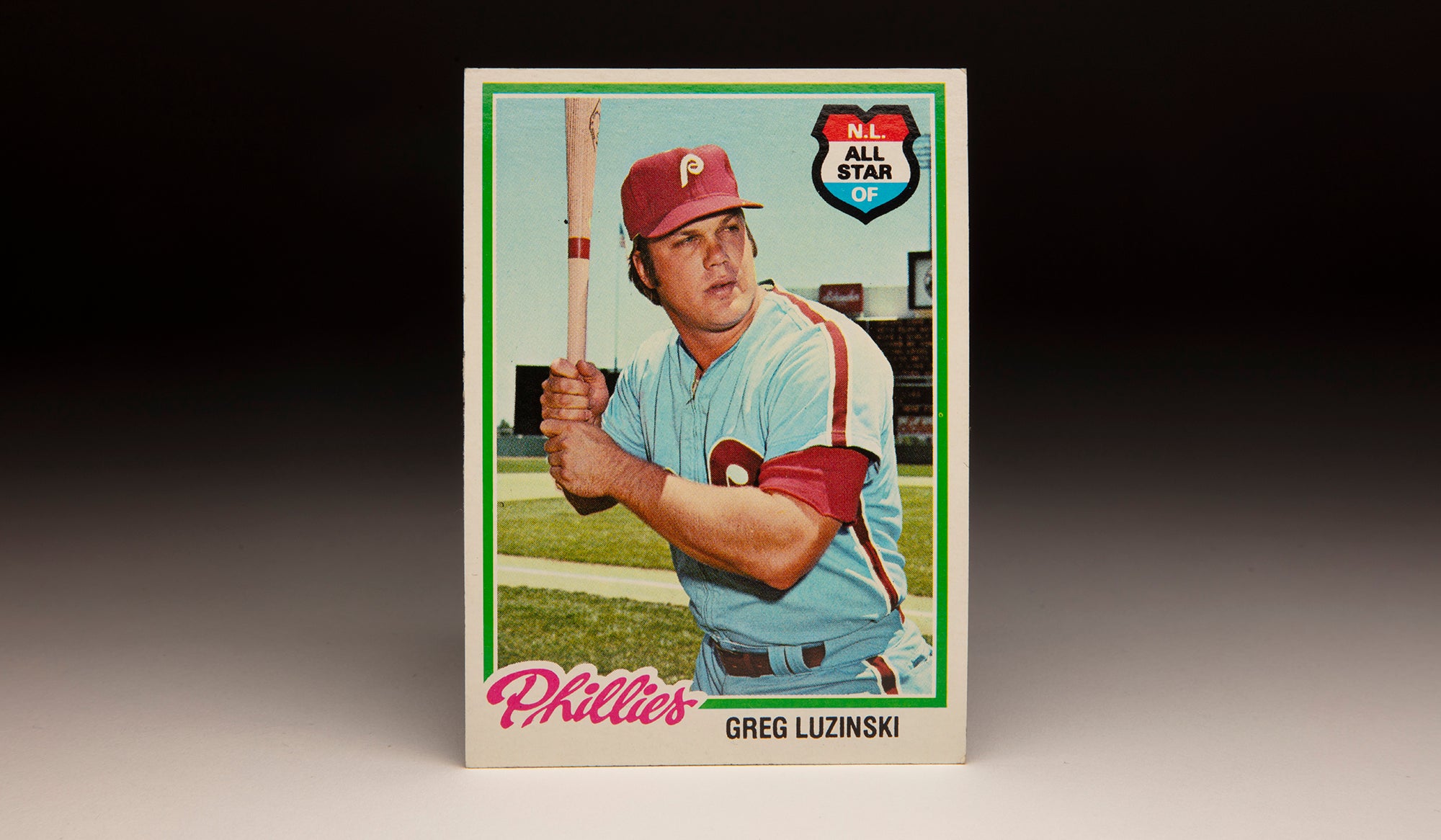
#CardCorner: 1978 Topps Greg Luzinski
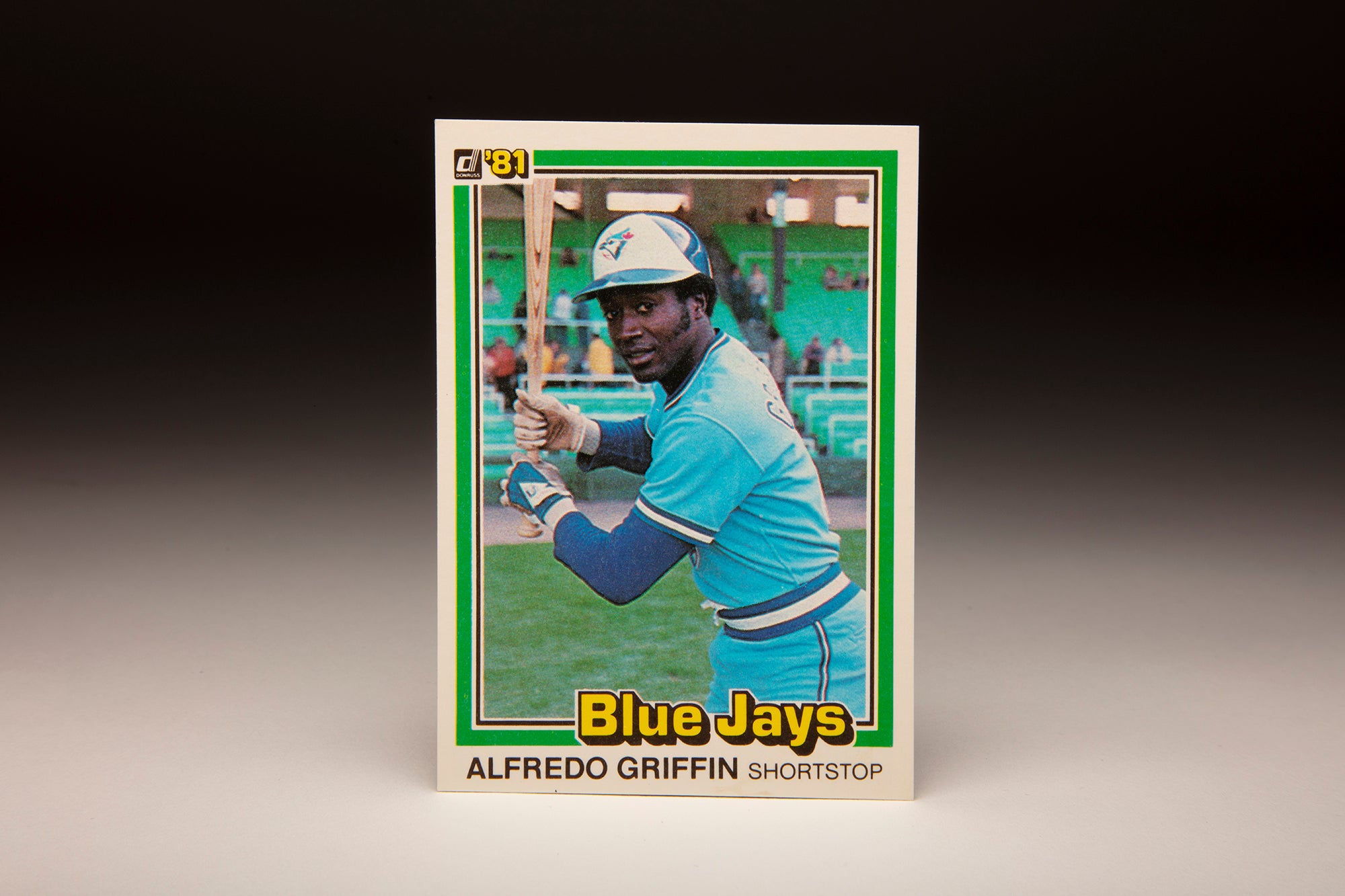
#CardCorner: 1981 Donruss Alfredo Griffin
Related Stories

Rollie Fingers’ three days with the Red Sox

Tom Seaver Announces His Retirement

#Card Corner: 1983 Donruss Cecilio Guante

#CardCorner: 1981 Topps Tom Underwood

#CardCorner: 1981 Donruss Tippy Martinez

#CardCorner: 1990 Fleer Rick Rhoden

#CardCorner: 1981 Donruss Tippy Martinez

#CardCorner: 1981 Donruss Tippy Martinez






